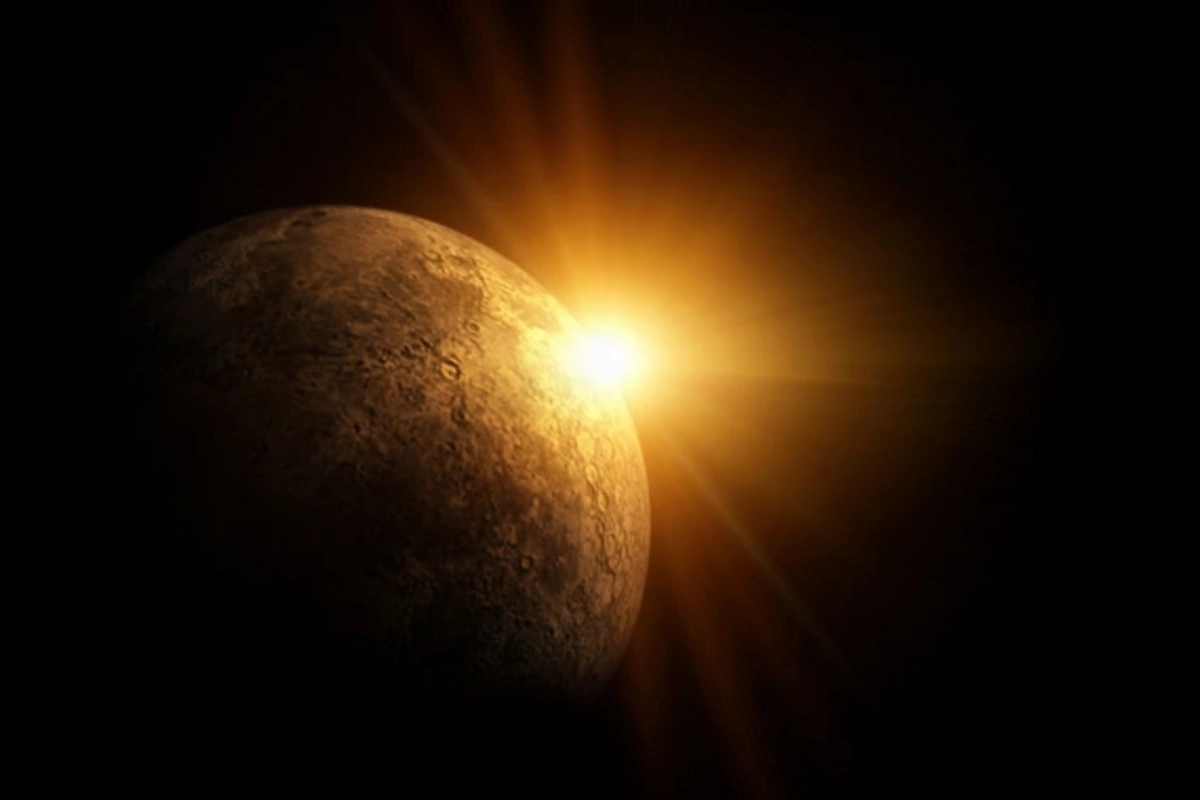12 Aug , 16:20
0

Astronomers have for the first time "caught" the moment of rocky planets forming around a young star, revealing the secrets of Earth's origin. The sensational discovery has been published in the prestigious scientific journal Nature.
An international group of scientists directed their telescopes at the protostar HOPS-315 – a young yellow dwarf, whose age is only 100-200 thousand years, which by cosmic standards makes it a true "infant." This stellar object is located at a distance of about 1370 light years from our planet in the constellation Orion.
Thanks to the advanced capabilities of the James Webb Space Telescope and the ground-based radio interferometer ALMA, researchers were able to discern hot silicate crystals and silicon oxide molecules in the gas and dust disk surrounding the star. These mineral particles are considered the primary "building blocks" from which Earth-like planets subsequently form.
Surprisingly, the zone of active mineral formation is located approximately at the same distance from the star where the asteroid belt between Mars and Jupiter is located in our Solar System. Until now, scientists had not been able to observe such a process outside our planetary system, which left open the question of its universality.
Astronomers have already planned to search for other similar stellar systems to determine how common such a scenario of Earth-like planet formation is in the Universe.
"We want to know whether we are alone, or if planets similar to Earth are born in space much more often than we think," emphasized co-author of the work, Purdue University researcher Merel van 't Hoff.